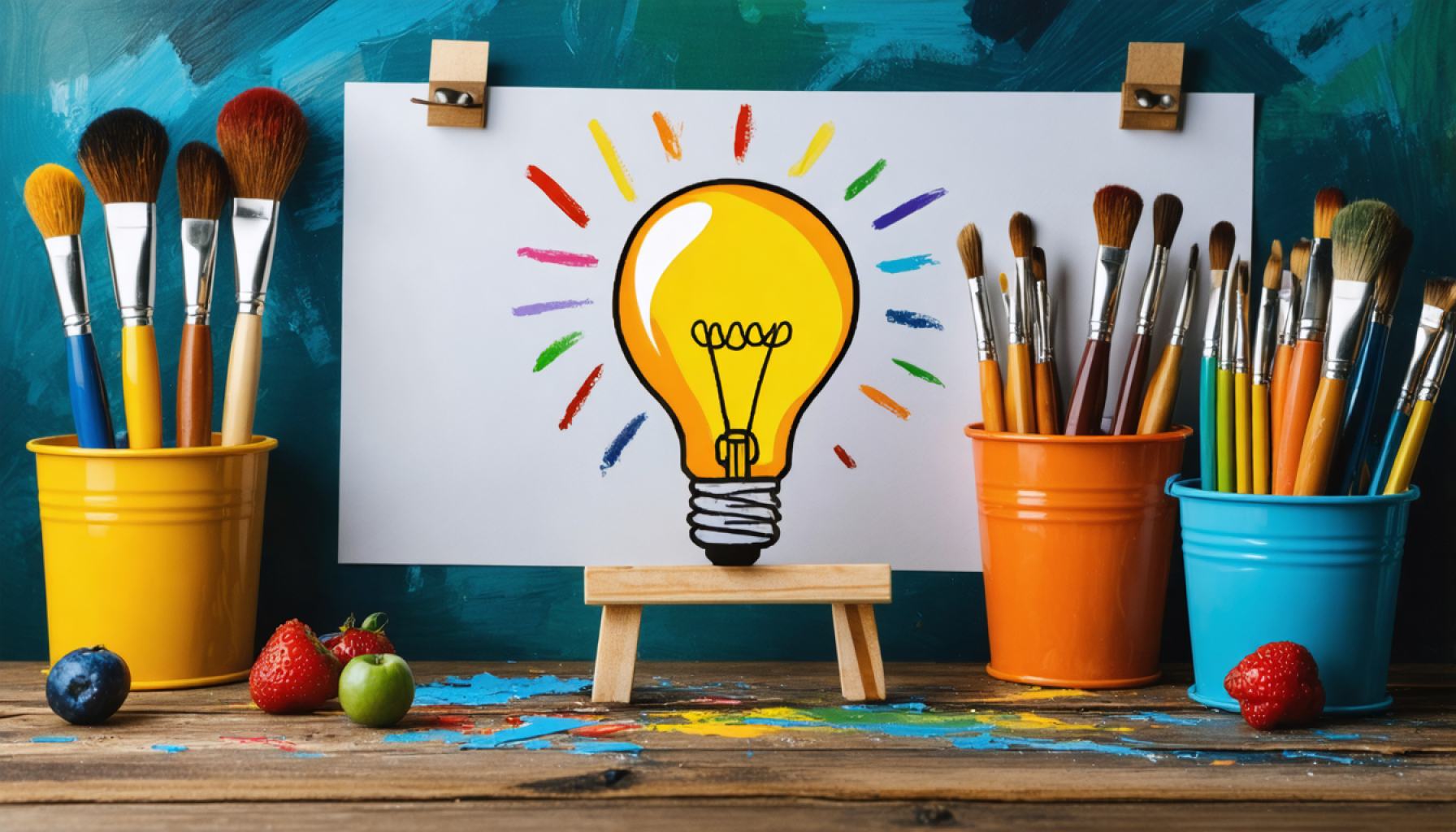- Creativity thrives in an urban environment where freedom and structure coexist.
- An urban jungle serves as a creative ecosystem where chaos and precision balance each other.
- Artists find inspiration not from disorder, but from structured freedom and a disciplined approach.
- Constraints can fuel imagination, proving that creativity doesn’t require boundless freedom.
- The city exemplifies how discipline marries with freedom to ignite innovation and creativity.
- The lesson: seek a harmony of passion and precision to spark creativity in unexpected places.
In an unexpected twist of nature and nurture, a vibrant oasis for creativity emerges where freedom and structure coexist. Picture a bustling metropolis nestled along a jagged coastline, where the relentless pulse of the city breathes life into its art. Here, beneath the shadows of skyscrapers, inspiration flows as freely as the ocean breeze.
This cityscape paints a portrait of paradox. Within these urban confines, artists find their muse not from disorder but from a delicate balance—an ecosystem where chaos dances gracefully with precision. In studios flooded with natural light, creators craft symphonies of color and sound, drawing inspiration from the cacophony outside their walls.
The key takeaway is not merely the location but the fusion of seemingly opposing forces. In this urban jungle, creativity springs from a disciplined dance with spontaneity. It is here that structure provides a scaffold for innovation, where constraints fuel imagination rather than stifle it.
It challenges the misconception that creativity thrives only in boundless freedom. Instead, the city exemplifies how discipline can embolden creativity, setting a stage where ideas bloom against the odds.
For those seeking to ignite their own creative spark, the lesson is profound: it’s the marriage of discipline and freedom that births innovation. Amidst the hum of urban activity, find your unique rhythm, a harmony that draws from both passion and precision. Discover your own creative sanctuary in the most unexpected of places, where the only limit is the horizon.
Discover the Dynamic Dance of Creativity: Experience the City That Inspires Innovation
Exploring Creativity in Urban Environments: Steps, Real-World Use Cases, and Market Trends
How-To Steps & Life Hacks for Urban Creativity
1. Embrace Routine and Spontaneity: Start with a set routine but leave gaps for spontaneous exploration. An example is dedicating mornings to structured tasks and afternoons to free flow creativity.
2. Create a Dedicated Creative Space: Ensure your workspace in the city allows for both inspiration and focus. Elements like natural light and soundscapes can significantly impact productivity.
3. Engage with the Community: Attend local workshops, galleries, or art meetups to exchange ideas and gain new perspectives.
4. Cultivate a Creative Network: Connect with other artists or creatives in the city, either virtually or in person, to collaborate and fuel your creative pursuits.
5. Incorporate the Urban Landscape: Use the unique aspects of the city, like its sounds, architecture, or people, as inspiration in your work.
Real-World Use Cases
– Urban Artists: Many artists, like Banksy, draw inspiration directly from urban environments to create pieces that interact with the cityscape.
– Design Institutes and Startups: Institutions situated in cities often push the boundaries of innovation due to their proximity to diverse resources and talent pools.
– Local Businesses: Small businesses blend creativity and structure by using artistic branding and design in their marketing strategies, thriving in close-knit city environments.
Market Forecasts & Industry Trends
As cities become more congested, the need for creative spaces that meld discipline with spontaneity will grow. Markets likely to expand include:
– Coworking Spaces: Designed for creativity with flexible environments, they cater to freelancers and startups looking to balance structure with freedom.
– Artistic Urban Projects: Increasing investments in public art projects as cities aim to enhance urban attractiveness and foster creativity.
– Tech in Creativity: Integration of technology, such as VR/AR for interactive art installations or remote collaboration tools, is set to rise.
Reviews & Comparisons of Creative Urban Environments
Features, Specs & Pricing
– Artistic Hubs: Cities like Berlin, New York, and Tokyo offer vibrant creative communities with relatively higher living costs but provide ample networking opportunities and diverse cultural influences.
– Emerging Cities: Places like Lisbon and Melbourne, offering lower living costs and strong creative cultures, are becoming popular among artists.
Security & Sustainability
Urban environments offer both challenges and opportunities:
– Security: Cities must ensure a safe environment for creative expression, protecting public artworks and creative spaces.
– Sustainability: Initiatives in sustainable building design and transport can influence the city’s attractiveness for creatives focusing on eco-friendly projects.
Insights & Predictions
As urban centers continue to evolve, expect new forms of collaborative and multidisciplinary projects that draw on the city’s unique energy. The growing trend toward remote work may also lead to satellite creative hubs, where individuals balance urban inspiration and virtual collaboration.
Pros & Cons Overview
Pros:
– Exposure to diverse cultural experiences
– Networking opportunities
– Availability of resources and talent
Cons:
– Higher cost of living
– Potential for overstimulation and distraction
– Space constraints
Actionable Recommendations
1. Balance Urban Exploration: Spend time both in the city and quieter areas to recharge and refocus.
2. Invest in Tools: Use technology to enhance your process, from noise-canceling headphones to digital design software.
3. Keep Updated: Stay informed on industry trends and adapt them to suit your work.
By understanding these elements, creatives can effectively harness their urban environment to fuel innovation.
For more on creative spaces and urban innovation, visit Fast Company.
